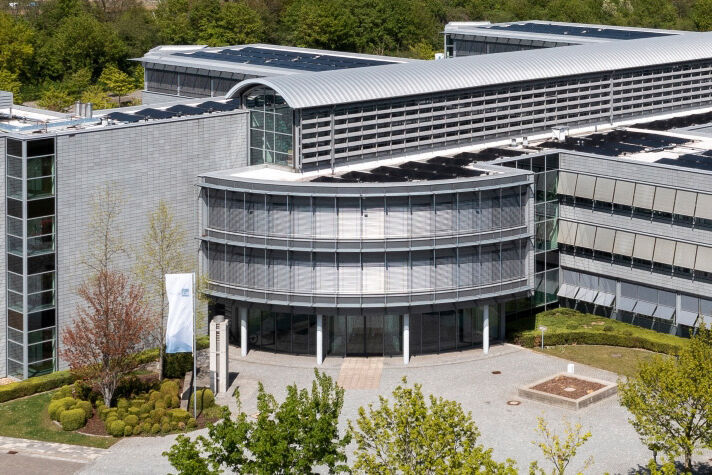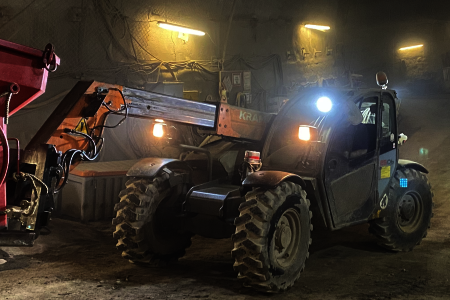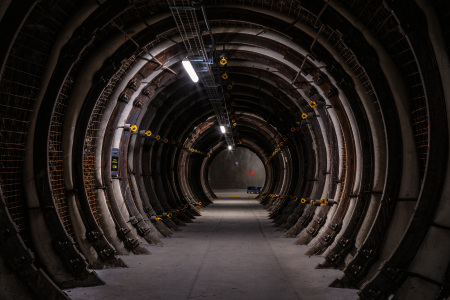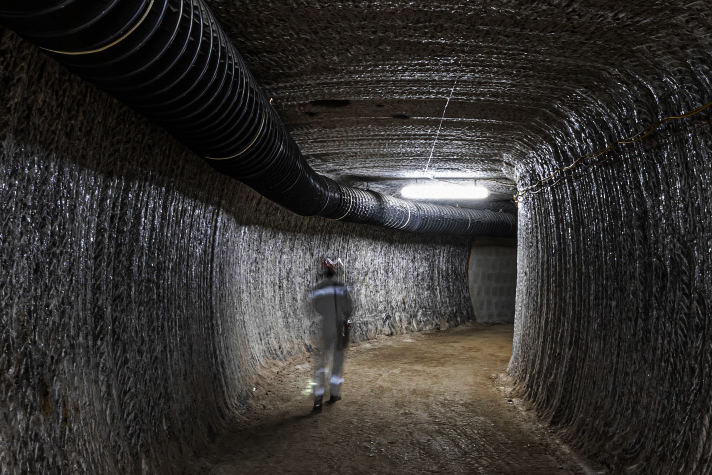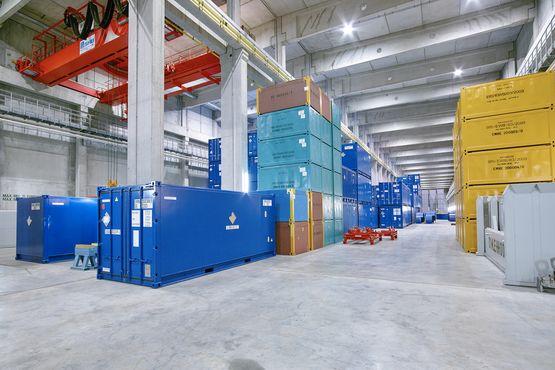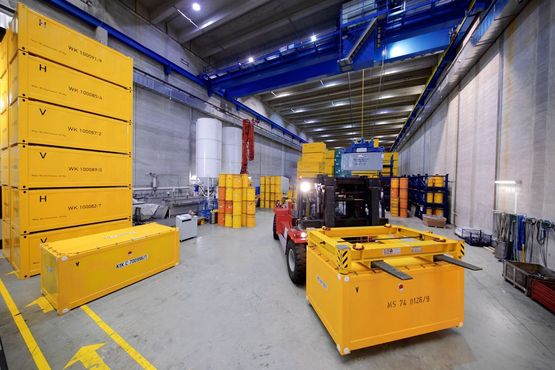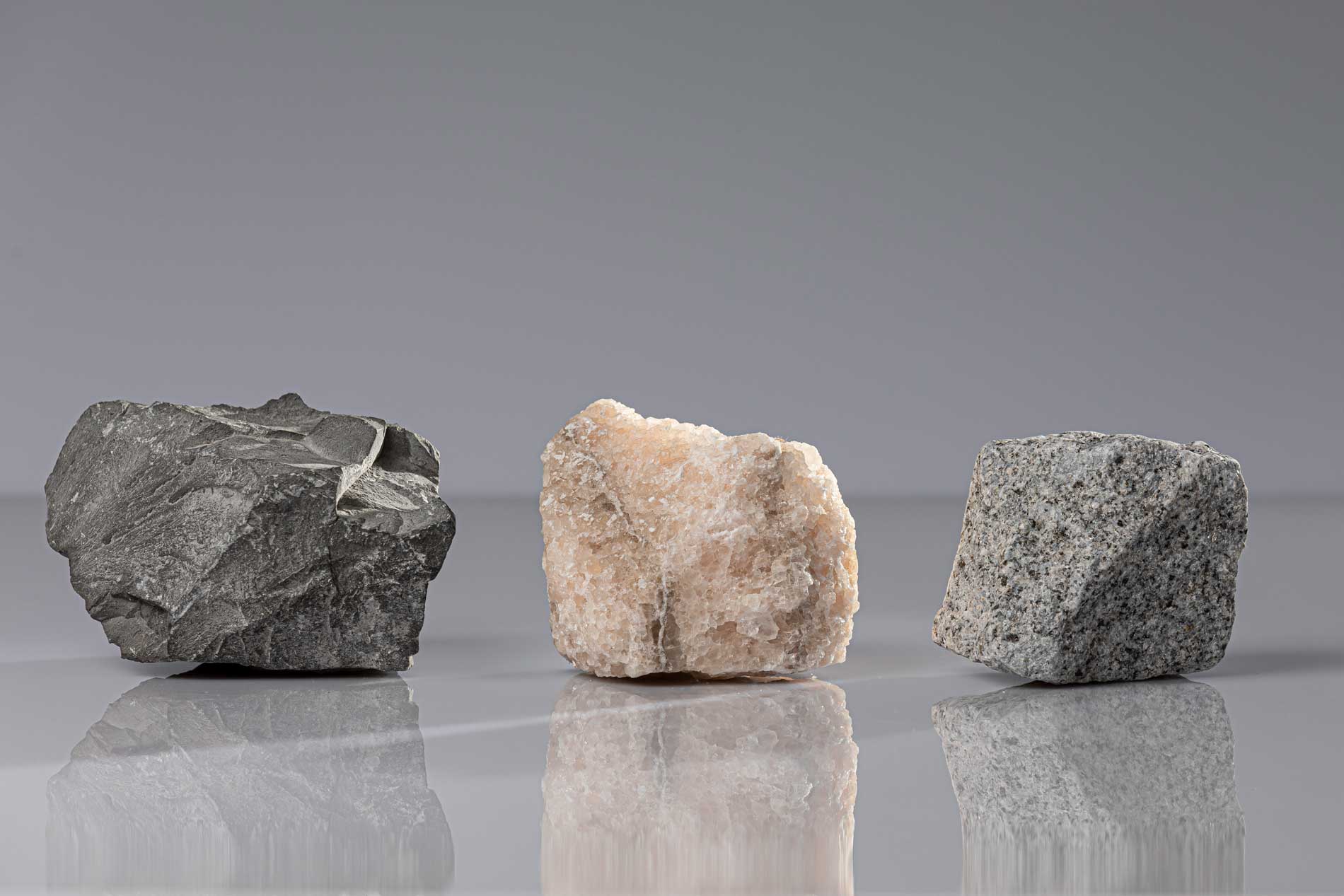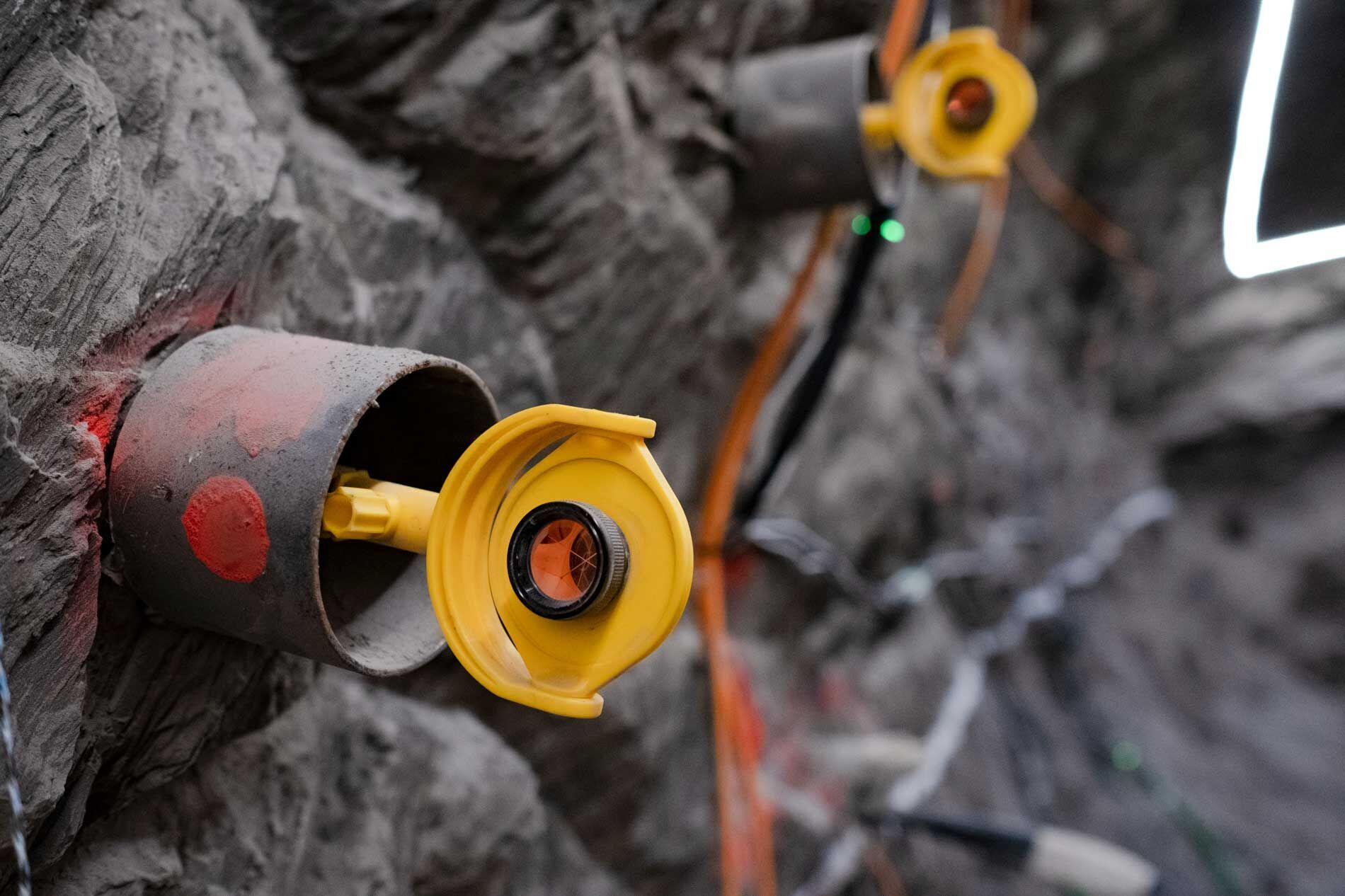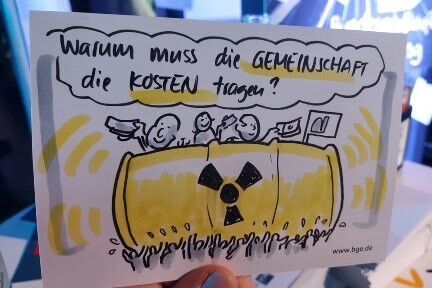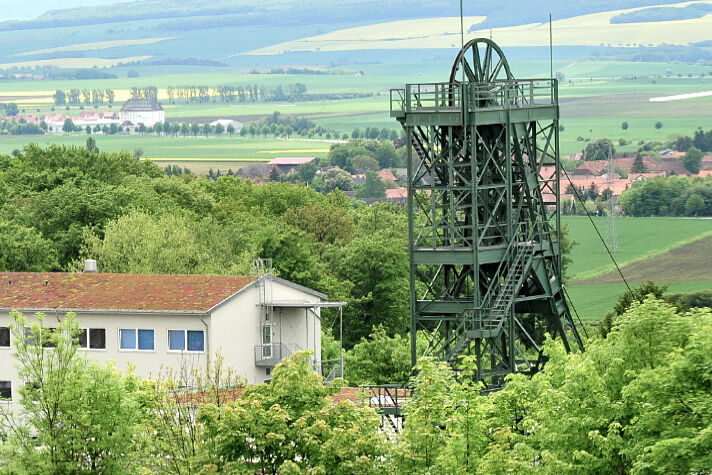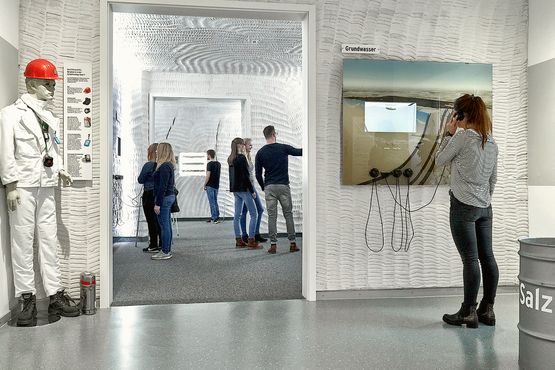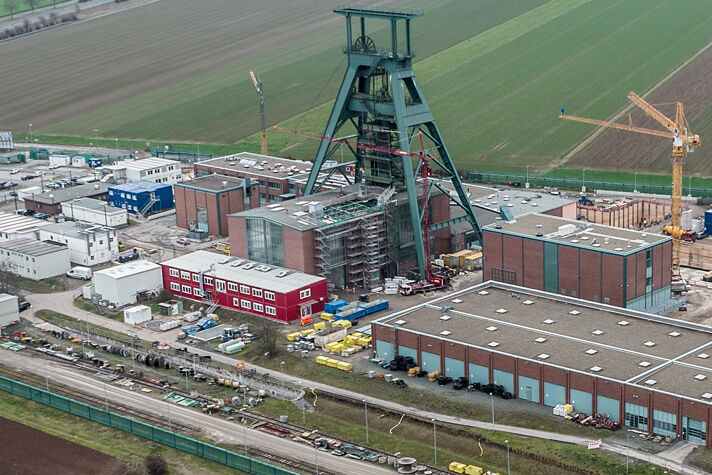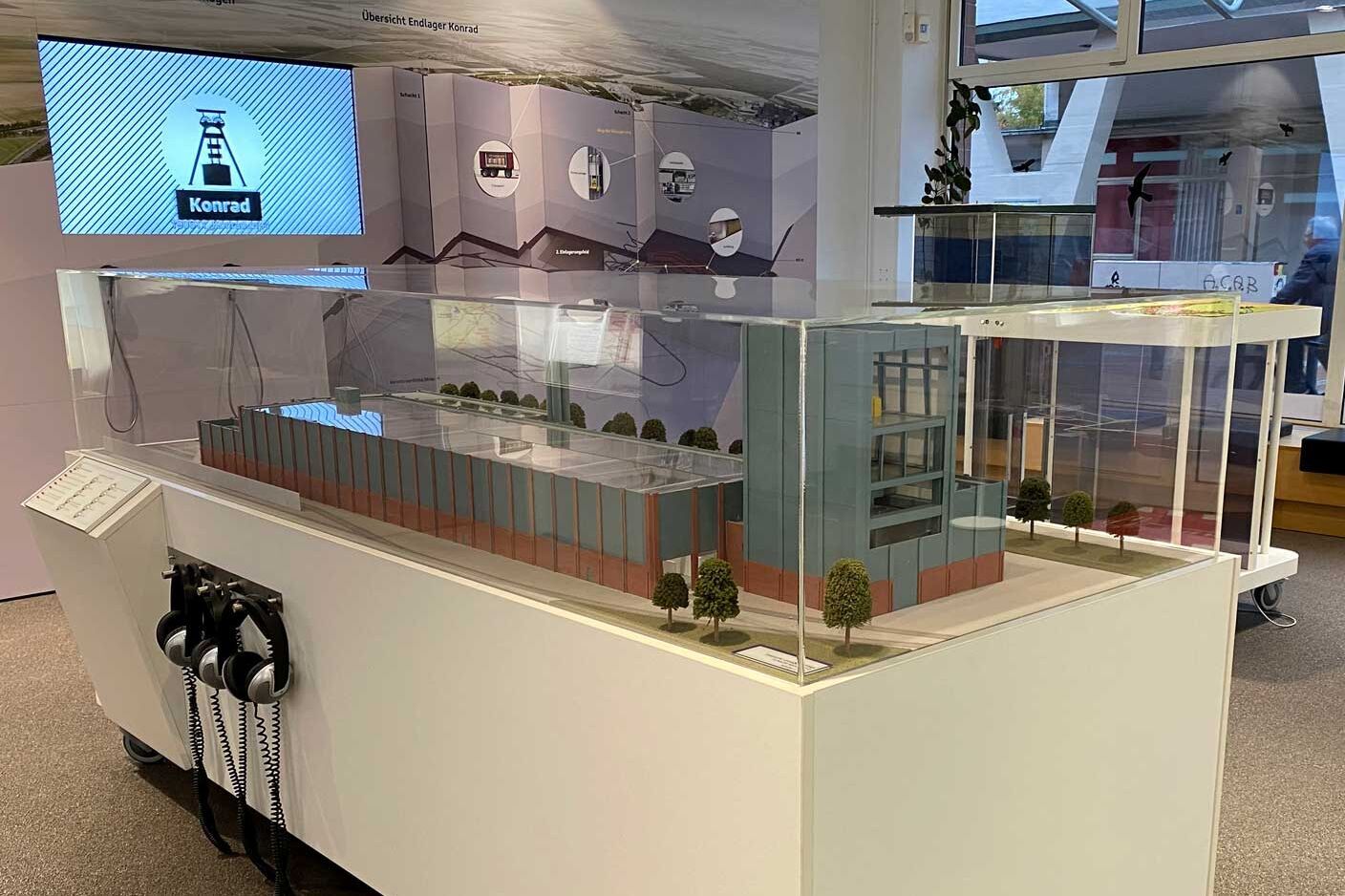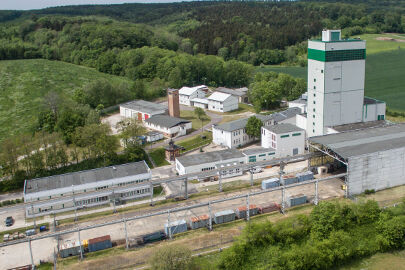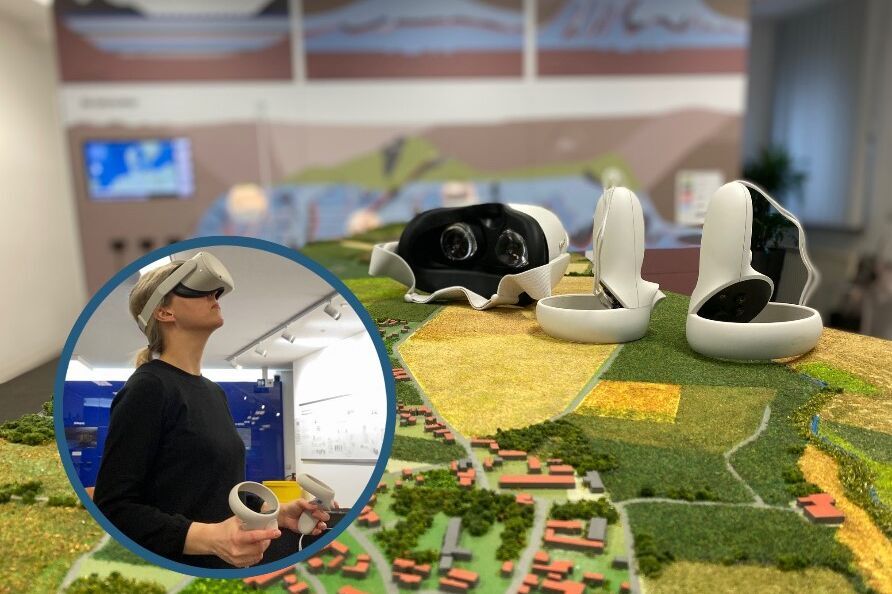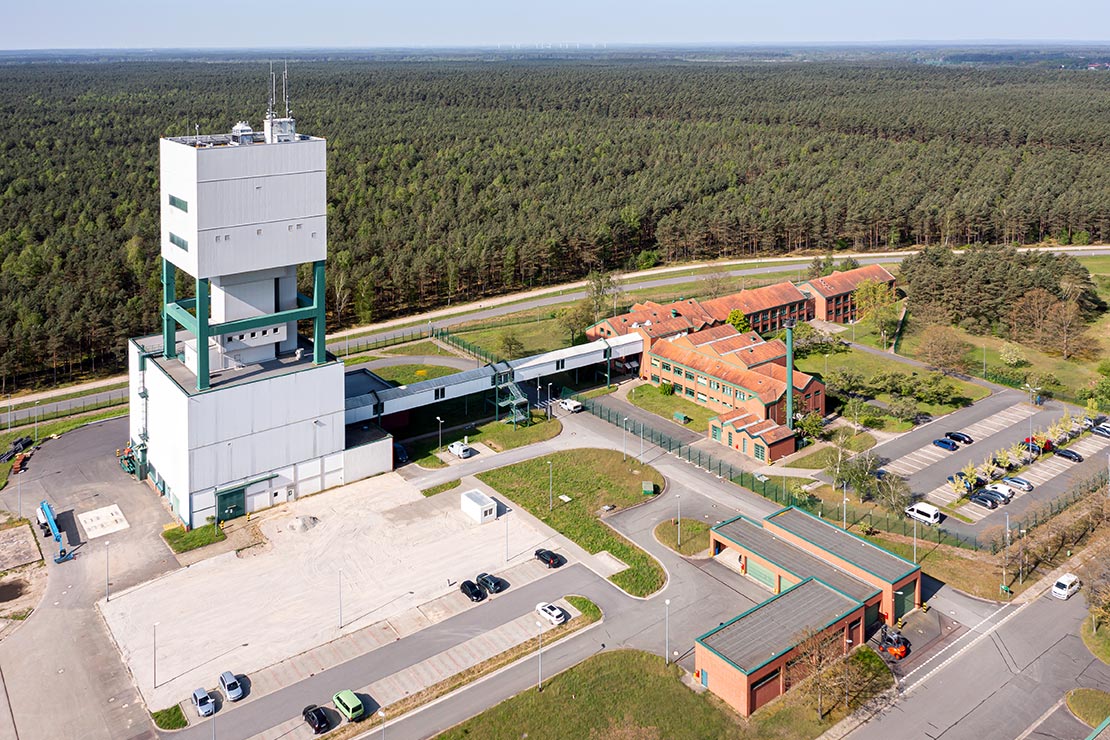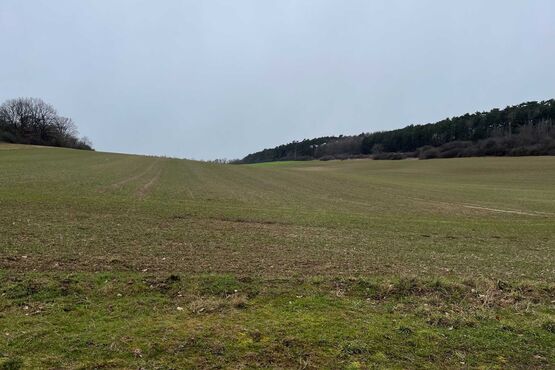In the view of the Bundesgesellschaft für Endlagerung (BGE), the question as to whether the subsoil in the “Kuhlager” is fundamentally suitable for the construction of a waste treatment plant and an interim storage facility can be answered in the affirmative. The BGE has now published the geotechnical report, which provides insights into the weight-bearing capacity of the site, as well as its characteristics. Moreover, the report also serves as an important basis for planning the buildings needed for retrieving radioactive waste from the Asse mine.
Complex results
The results show that the subsoil at the site is fundamentally suitable for building the planned installations, and the following insights have emerged for consideration in further planning:
- In the area of the planned building for the waste treatment plant and interim storage facility, the ground has sufficient weight-bearing capacity.
- The uppermost layers of the subsoil are composed of geologically young rocks, principally consisting of various types of clay and loam. The solid rock is mainly composed of clay stone, which is highly weather- and frost-sensitive and tends to shrink and swell in alternating wet and dry periods. These properties do not represent an obstacle to construction but must be taken into account during planning.
- The risk of subsidence cannot be completely ruled out. Such a scenario would lead to a disruption of load transfer via the baseplate at that location, in what experts refer to as a “bedding failure”. For safety reasons, it is therefore recommended that this be taken into account in the design of the foundations and baseplate in order to ensure safe load transfer at all times.
- In addition to the actual buildings, current plans also envisage a road running around the buildings. Investigations show that, in this area, it is necessary either to replace the soil with a mineral mixture that can be readily compacted or to stabilise the soil with a binder.
No subsidence measurements were carried out at ground level as part of the geotechnical report. Such measurements can only be recorded over very long periods of time by monitoring the measuring points at ground level. Corresponding measurements and predictions of subsidence at ground level are available and will also be taken into account during building planning.
Complex groundwater flows in the Asse – further exploration needed
The expert report also revealed complex groundwater conditions in the area of the planned installations. Among other things, this is due to the closely alternating aquifers and areas of low water permeability, as well as the steep strata and fault zones.
Water has occasionally been encountered in the geotechnical investigations. This is presumably surface water that accumulates above an impermeable layer. Further investigations are to be carried out to determine whether the water encountered is predominantly stratum water or groundwater. Given that the water cannot percolate to greater depths and moves down towards the valley as a result of the topography, the construction plans must include water drainage that takes account of heavy rainfall and long periods of precipitation.
Bearing in mind that, to some extent, precipitation can also lead to stratum and seepage water above the groundwater level and up to the surface, the BGE will equip the respective structures with seals and drainage. A more precise investigation of the groundwater revealed that the water does not attack the concrete within the structures.
The geotechnical report recommends detailed hydrogeological exploration. The BGE will follow this recommendation and set up groundwater measuring points in selected boreholes. More-detailed insights into the water flow will be vital when it comes to carrying out construction work.
The full geotechnical report can be found here (German only).
Background to the geotechnical investigations
The geotechnical investigations were carried out from 17 May to 1 August 2022 and included almost 70 soundings and borings in various designs and at various depths. The boreholes had a maximum depth of 30 metres. Soil samples were taken, and their soil mechanical properties were investigated. These analyses were supplemented with geophysical measurements that provide an insight into the 3D structure of the subsoil.
About the BGE
The BGE is a federally owned company within the portfolio of the Federal Environment Ministry. On 25 April 2017, the BGE assumed responsibility from the Federal Office for Radiation Protection as the operator of the Asse II mine and the Konrad and Morsleben repositories. Its other tasks include searching for a repository site for the disposal of high-level radioactive waste produced in Germany on the basis of the Repository Site Selection Act, which entered into force in May 2017. The managing directors are Stefan Studt (Chair), Steffen Kanitz (Deputy Chair) and Dr Thomas Lautsch (Technical Managing Director).

